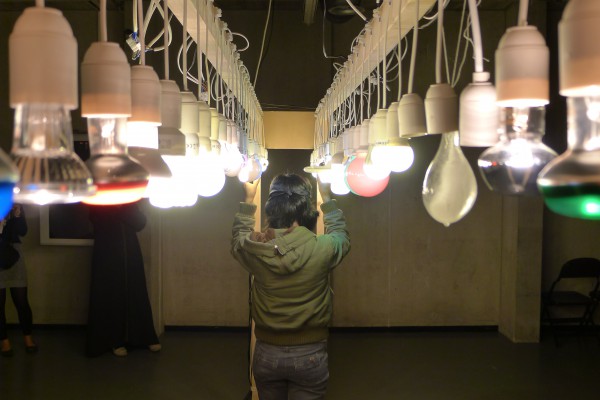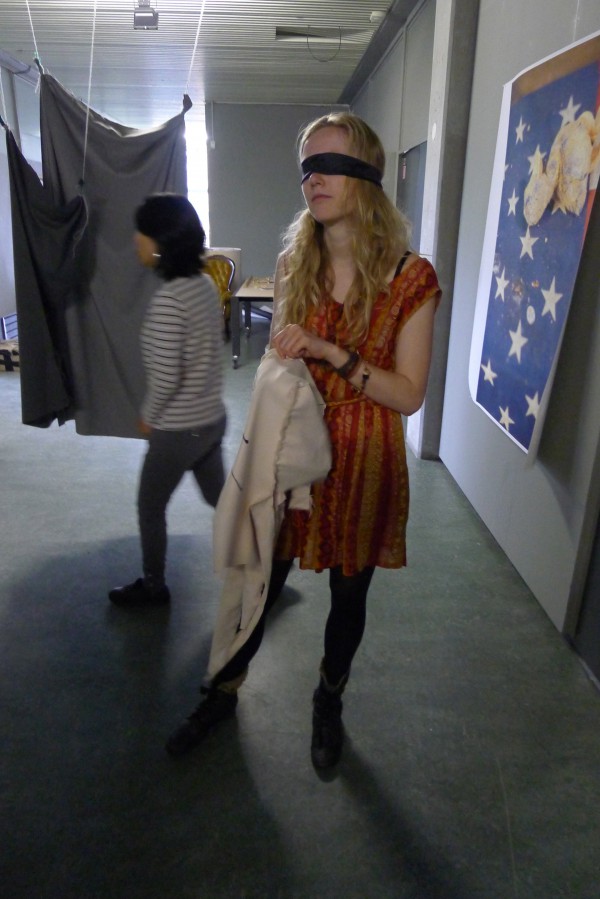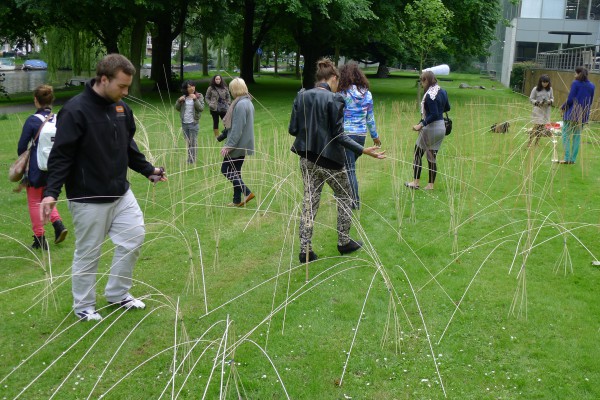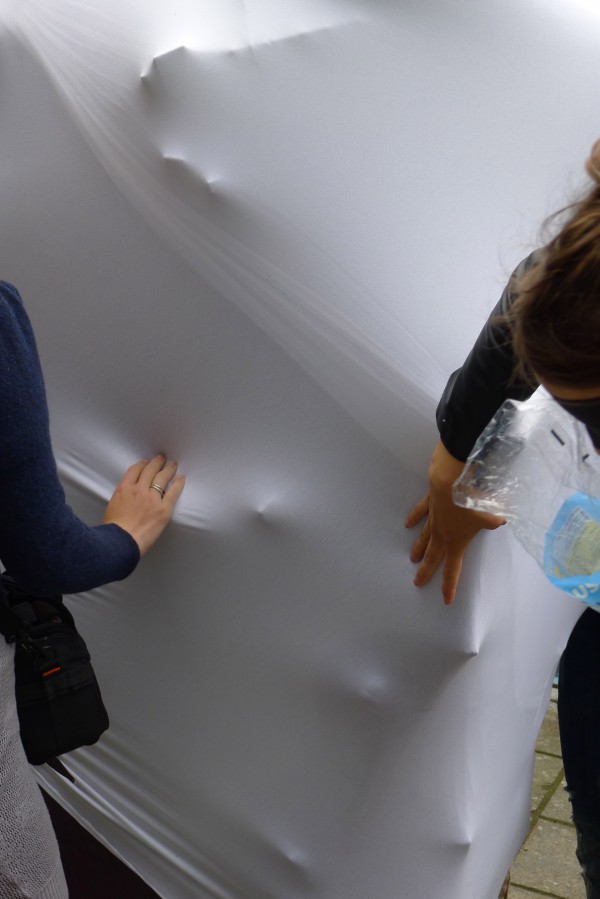Haptic architecture
Tutor
Tutor website: Henri Snel

Title
Haptic architecture/haptic installation
Participation
Individual
Context
The scale of the detail, furniture and the building
Credits
5 ECTS points
Inspiration
This course uses a specific essay as a source of inspiration: ‘The Eyes of the Skin’, written by the Finnish architect Juhani Pallasmaa. The author wishes to express the significance of the tactile sense for our experience and understanding of the world, but he also intends to create a conceptual short circuit between the dominant sense of vision and the suppressed sense modality of touch.
The essay was initially based on personal experiences, views and speculations. Pallasmaa had become increasingly concerned about the bias towards vision, and the suppression of other senses, in the way architecture was conceived, taught and critiqued. He was also worried about the consequent disappearance of sensory and sensual qualities from the arts and architecture.
Educational philosophy
I propose an investigation into ‘haptic architecture and tactile senses’ from an architectural perspective. I expect the international character and cultural differences of the participating students to give the topic ‘haptic architecture and tactile senses’ a new dimension, translated into a ‘haptic installation’.
Methodology
The spatial designer translates their ideas into shape, space, materials, light, etc. All these aspects have a direct link to the senses: sight, hearing, smell, taste, touch, balance. Some materials can be light or shiny, but how does it feel, what sound does it make, what are the properties of that material and what effects does it have on people?
We will investigate all these aspects by obtaining knowledge through lectures, field studies including temporary sensory disabilities (experiencing the absence of certain senses), research into different materials and by making new materials.
We will also read ‘the eyes of the skin’ from Juhani Pallasmaa in class together.
Assignments
– 2014: haptic inter-active furniture
– 2013: haptic installation (see also insight series #4)
– 2012: The transformation of the ‘snoezel corridor’ (see also insight series#5)
See also:
Insight Series #4. A raw book about ‘haptic installations’



